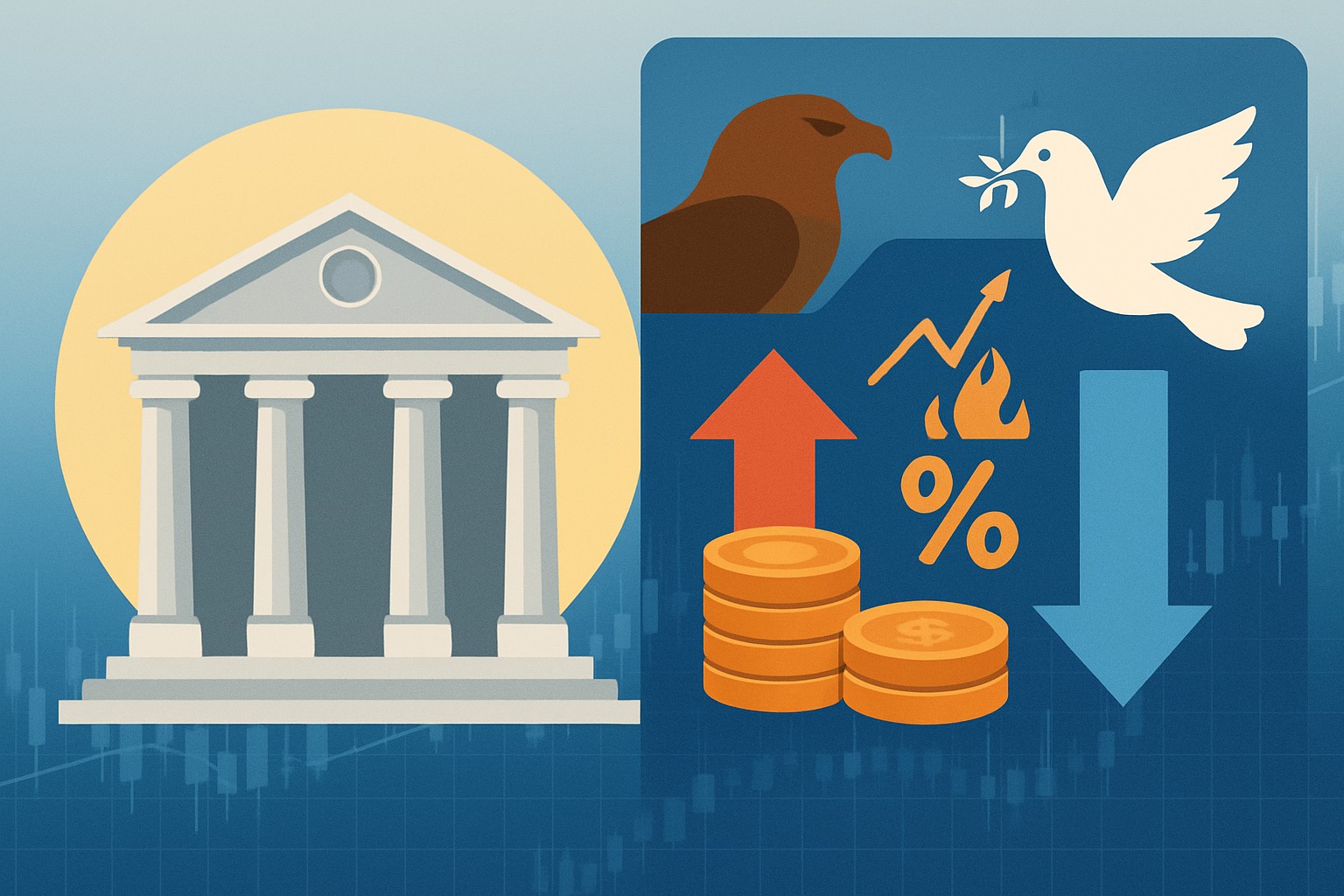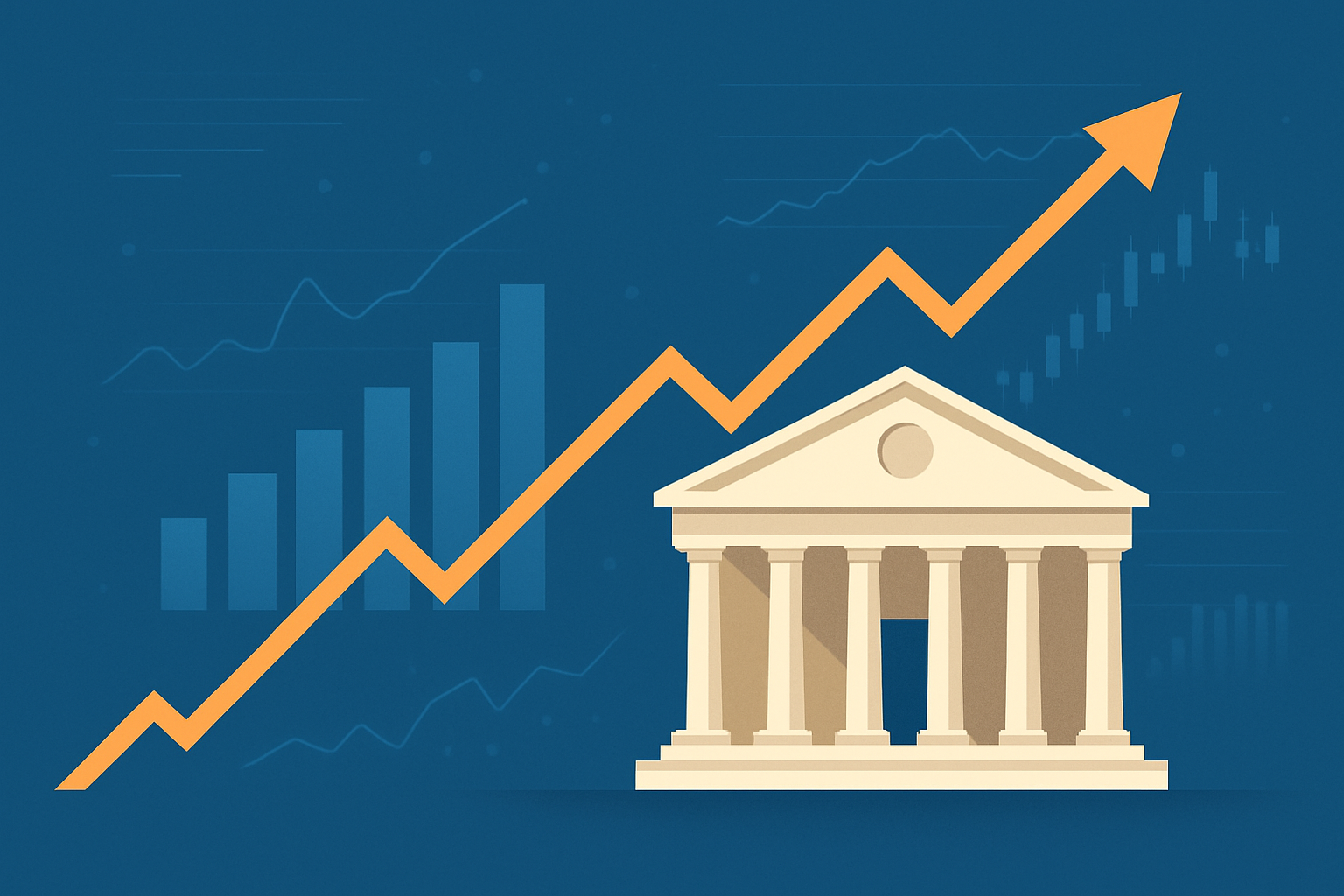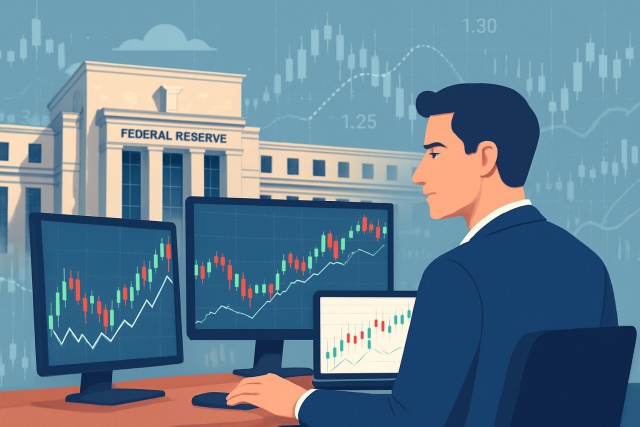
How to interpret Swiss central bank announcements for trading?
Discover how to interpret Swiss central bank announcements effectively to anticipate market moves an...

If you keep an eye on financial news or central bank announcements you’ve probably come across the term "hawkish statements" more than once. Understanding the hawkish meaning refers to a stance favoring higher interest rates to keep inflation in check. This article unpacks the idea behind hawkish statements, why they matter and how they usually send ripples through financial markets and economies across the globe.
Being "hawkish" basically means keeping a close eye on inflation and leaning towards tighter monetary policies to keep those pesky price increases in check. Hawks in central banking are often the ones wringing their hands over rising prices, usually backing higher interest rates to cool things down.
Central banks usually lay out their views somewhere on the hawkish to dovish spectrum. Hawks often push to tighten monetary policy and keep inflation firmly in check. On the flip side, doves typically lean toward looser policies to spur growth and bring down unemployment.
| Aspect | Hawkish | Dovish |
|---|---|---|
| Policy Goal | Laser-focused on keeping inflation in check, no matter what | More about lighting the fire under growth and giving employment a leg up |
| Interest Rate View | Usually leaning towards dialing up interest rates | Often rooting for lower or steady interest rates to keep things steady |
| Inflation Priority | Keep a close eye on inflation risks, ready to act if things heat up | More at ease with inflation hanging around target levels without fuss |
| Market Impact | Often pushes bond yields higher and can strengthen the currency | |
| Might stir up some stock market jitters | Typically a friend to riskier assets, giving them a boost | |
| Language Used | Toss around phrases like "tightening monetary policy" and "rate hikes ahead" | Prefer softer talk like "stimulus measures" and "accommodative policies" |
Hawkish statements usually come from central bankers or policymakers who are genuinely sweating over rising inflation or an economy that seems to be running a little too hot. These people often hint that interest rates might be on the rise or that monetary stimulus could be pulled back a notch.
Hawkish statements often pack a punch in shaking up financial markets and shaping expectations about the economy’s trajectory. When investors catch wind that central banks might hike interest rates, bond yields typically climb. Currencies tend to firm up and stock markets can get a bit jittery. These shifts ripple through borrowing costs, investment decisions and consumer habits.
"> When central banks strike a hawkish tone, investor sentiment can flip on a dime, often sparking swift reactions that ripple through global markets like wildfire."

Illustration representing central bank impact on financial markets following hawkish statements.
Hawkish comments from major central banks have frequently sparked notable market jolts.
In 2018 the U.S. Federal Reserve signaled several rate hikes as the economy flexed some serious muscle. This nudged bond yields upward and stirred up volatility in the stock markets.
In 2022 the European Central Bank took a firmer stance to tackle rising inflation. This move gave the euro a boost and drove borrowing costs higher across the eurozone.
The Bank of England dialed up the intensity with tighter policy language during recent inflation spikes. This caused gilt yields to swing quickly and shook up risk sentiment on a global scale.
People often jump to the conclusion that hawkish statements spell doom for the economy or signal an impending market crash. That kind of talk usually isn’t a green light for immediate policy shifts. More often it’s just a way of showing a careful watchful stance.
Understanding the hawkish meaning in statements is absolutely important when building or fine-tuning portfolios. Picking up on the tone and reading between the lines about what it likely means for interest rates can make all the difference in anticipating market twists and handling risk a bit more smoothly.
Struggling to improve your trading performance? Edgewonk's advanced analytics tools are designed to give you the edge you need.
With detailed trade journaling, robust strategy analysis, and psychological insights, you'll gain a comprehensive understanding of your strengths and weaknesses. Don't miss out on this game-changing opportunity.
Traders, it's time to elevate your game. Edgewonk is the ultimate trading journal software designed to empower you with data-driven insights and personalized strategies. Take control of your trading journey and maximize your potential.
17 posts written
Driven by her passion for empowering individual traders, Annika Eriksson is a renowned educator, offering practical strategies and actionable insights for successful trading.
Read Articles
Discover how to interpret Swiss central bank announcements effectively to anticipate market moves an...

Discover the essential role of the monetary policy committee in shaping economies. Learn how it sets...

Discover what protectionism means in global trade, why countries use it, and its effects on economie...

Learn how hawkish and dovish Federal Reserve communications impact forex markets. This guide breaks...
